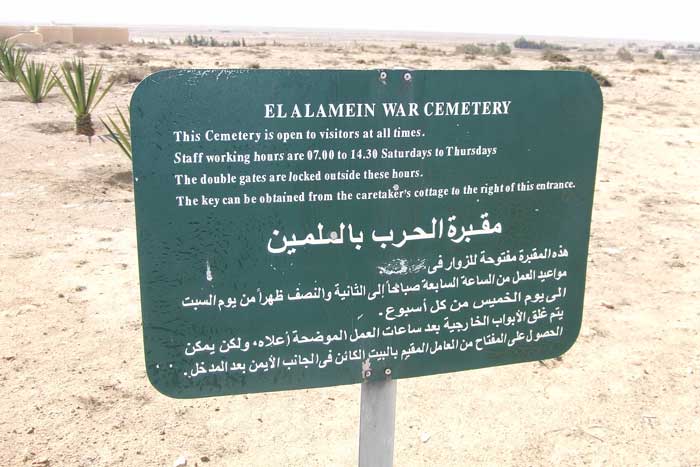The Airmen's Stories - Sgt. P Pearson
Philip Pearson, of Saffron Walden, Essex was born in early 1921, the son of Edwin Pearson and Beatrice May Pearson (nee Woodbine).
He attended Newport Grammar School in the town and on leaving was employed by Lloyds Bank.
Pearson joined the RAFVR about June 1939 as an Airman u/t Pilot. Called up on 1st September, he completed his training and arrived at 6 OTU Sutton Bridge in early September 1940.
On the 14th Pearson crashed on the aerodrome there when the undercarriage of Hurricane N2479 collapsed in a heavy landing. He was unhurt and after converting to Hurricanes was posted to 238 Squadron at Chilbolton on 28th September 1940.

Above image taken from a group shot of 238 Squadron at Chilbolton in 1941 (Pearson second left).

After being damaged by Me109s over Bournemouth on 5th November Pearson made a forced-landing at Sturminster in Hurricane P2983. He was slightly injured and was admitted to Shaftesbury Hospital.
The squadron went to the Middle East in May 1941 and became fully operational with Hurricane IIc’s in October. On 29th November Pearson probably destroyed a Fiat G50 and shared another.
He was commissioned in January 1942 and posted to 80 Squadron at El Adem.
Pearson was killed on 29th May 1942, aged 21.
His Hurricane IIC BM991 was shot down by Me109s on a sweep in the El Adem-Acroma-Bir Hacheim area.
His body was not recovered and he is commemorated on the Alamein Memorial.
*******************
Pearson's death was reported in the 'Herts and Essex Observer', which made some unusual references to his service. These were:
i) that he was serving with the Fleet Air Arm during the hunt for the Bismarck (May 1941),
ii) that he piloted the Duke of Gloucester on a tour of units in the Middle East tour (this actually took place in April 1942),
iii) that in November 1941 he 'made a unique rescue when flying over the desert in a Hurricane'.
Reference i) came about when 238 Squadron's Hurricanes were loaded onto the carrier HMS Victorious, which had only entered service on 15th May, for transit to Malta. However Victorious was assigned to the hastily formed task force sent after the Bismarck and sailed with 238's pilots still aboard, they had to pass the time and presumably keep out of the way while the ship's Swordfish and Fulmars were launched to seek out the enemy.
Victorious eventually sailed from the Clyde for Malta on 31st May.
Further research has shown that ii) is certainly true. At some time in early 1942 a Junkers Ju52/3m was captured intact by the Australian forces at Ain-El Gazala, Libya. It was repainted with RAAF roundels and nicknamed 'Libyan Clipper' (below).

Above image courtesy of the Australian War Memorial.
The Ju52 was 'owned' by 450 Squadron RAAF, operating Kittyhawks from Gambut, Libya and used to ferry personnel and supplies to and from Cairo. There is an entry in the logbook of Sgt. TEN Crouch of 450 Squadron:
12 April 1942: 'Flew as second pilot to P/O Pearson in the JU 52 ‘Libyan Clipper’ on a flight from Gambut to Cairo on leave. P/O Pearson was being rested from operations from 238 Sqn RAF and became the regular pilot for the 'Libyan Clipper' taking persons on leave'.
There is a Pathe newsreel showing the Duke of Gloucester flying in the Ju52 in April 1942. If Pearson was the pilot for this tour then he can only have been serving with 80 Squadron for a few weeks before being killed.
The desert rescue reference is currently undocumented.



Photographs courtesy of Colonel C R Romberg RA, British Embassy Cairo.
|